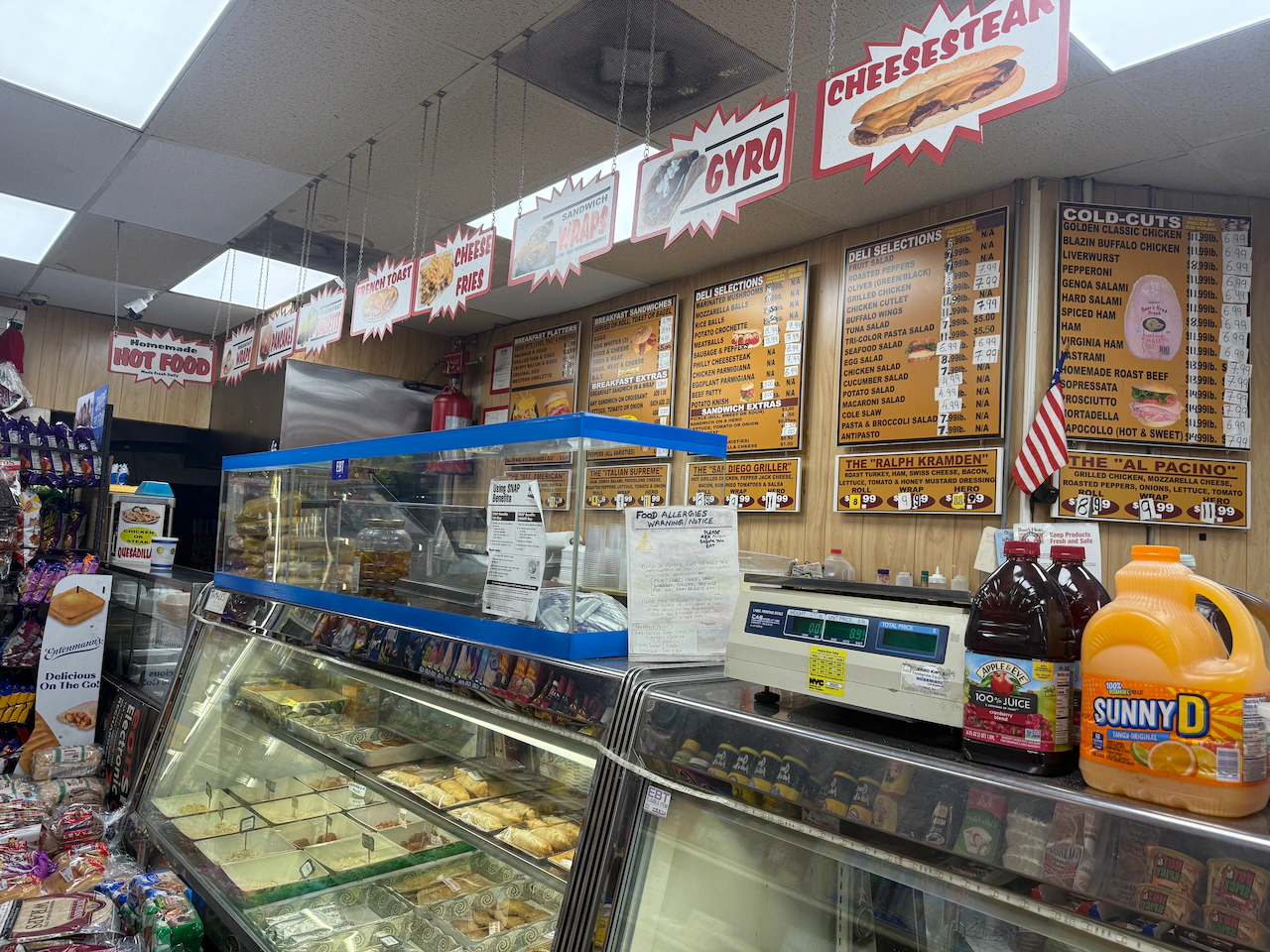Copyright The Hollywood Reporter

Heat captures a certain vibe unique to Los Angeles. Michael Mann didn’t film a single scene on a soundstage, electing to shoot across more than 70 real locations throughout the city. The train that Robert De Niro gets off of in the opening credits is the actual Blue Line of the city’s metro system. The house where Al Pacino has the blowup with his ex-wife, derided by his character as “deadtech post-modernistic bullshit,” is famed L.A.-based architect Thom Mayne’s Sixth Street Residence. And the diner where the stars face off over coffee is Kate Mantilini, a onetime Beverly Hills hotspot where Hollywood power brokers regularly talked shop over shrimp cocktails and crab cakes (you used to be able to reserve the “Heat table” before it closed its doors). The result is a gritty crime opera with something of a documentary-esque sensibility. So when the sequel was revealed to be landing at Amazon MGM and United Artists, questions swirled over whether it would stay true to its predecessor and the novel it’s adapted from — and film in L.A. And Mann, being Mann, wanted to shoot on location in the region, where he’s also filmed Collateral and L.A. Takedown. Enter the California film and TV tax credit program, whose expansion earlier this year will shower Hollywood with as much as $1.5 billion in subsidies over the course of the next decade in an aggressive bid to revitalize shooting in the state. On Oct. 21, the California Film Commission disclosed that the sequel to the crime saga will indeed shoot in L.A. It’s one of 10 major studio titles that will receive tax credits for filming in the state. Others include Sony’s next installment of Jumanji, Netflix’s Fifth Wheel, Blumhouse’s Sunday and an untitled NBCUniversal tentpole directed by Daniels (Everything Everywhere All at Once). Collectively, 52 movies will nab incentives. They’re expected to generate $1 billion in spending across the state, including $639 million in wages for roughly 8,900 behind-the-scenes workers who keep Hollywood running (plus background performers). It’s a much-needed respite for industry folks who’ve been starved for jobs. “This is a tremendous win for California,” says Colleen Bell, executive director of the California Film Commission. “We’re seeing extraordinary momentum right now.” The unveiling follows production in L.A. reaching another all-time low, according to the Oct. 14 report from FilmLA, the nonprofit group that handles film permits for the city and county. It’s a new nadir that will either be a diving board to ongoing erosion of the film industry in California or an inflection point in recovery. The projects approved for tax credits have 180 days to start production. Expect the next few months to be an early test of the program’s expansion to rescue production in Hollywood’s longtime home. “We’ve hit the bottom,” says FilmLA chief executive Paul Audley of shooting levels in L.A. “We’ll see some more shooting toward the end of this year, but because of the timelines offered by the program, we should really start seeing the impact in the first quarter of 2026.” Filming in the state has been slipping since the record highs of 2021. It wasn’t any one thing but a combination of high labor costs in California, oversubscription to the tax credit program and the allure of bountiful subsidies to shoot elsewhere. Over the past few years, big-budget series like MasterChef, Supergirl and The Kelly Clarkson Show have left the state amid a tit-for-tat race to host Hollywood. And as runaway production and cost-cutting threatened the state’s hold on the film and TV business, Gov. Gavin Newsom — who was mayor of San Francisco when a local credit to shoot in the city was implemented in 2006 — pushed through a budget vastly increasing the cap for the program that provides tax relief to producers across the business from $330 million to $750 million a year. The biggest question: Would the titles receiving subsidies have shot in the state without the credit? Bell doesn’t think so. “The decision-makers behind Jumanji wouldn’t have considered California without the increase in percentages,” referring to the base credit jumping from 20 to 35 percent, which amounts to millions of dollars back to big-budget productions. “It shows these changes to the program were necessary to attract these tentpoles.” If Bell is right, California, particularly L.A., likely will see a bump in shooting numbers. But if the productions would’ve filmed in the state even without qualifying for incentives — as some naysayers to the tax credit program’s cap increase have said — the numbers likely will hover around their current levels. In that doomsday scenario, California would be subsidizing productions that would have opted to shoot in the state regardless. With L.A. shooting levels in a more than sorry state, industry personnel are hopeful this is just the in-between period before the increased tax credits juice production. “It’s still very much a wait-and-see moment,” says Wes Bailey, CEO of SirReel Studio Services, which maintains soundstages in Sun Valley, Burbank and Park City. The early returns are positive. Productions tapped to get subsidies generated 3,723 shoot days across all of 2024, according to California Film Commission data. In the round of incentives announced Oct. 14 alone, the 52 movies are expected to generate 1,664. Roughly 1,100 will take place in L.A., more than a fourth of the entire shoot days in the region for the past quarter. While some features appear to be returning, the real low-hanging fruit for California’s bid to win back production is in TV. The expansion to the tax credit program was mostly targeted at the format, long an anchor of production in the state that provides recurring jobs season after season. For all the talk about California becoming a production graveyard, the state has hosted 89 shows this year, more than double the next state, and only behind the U.K., according to data from industry intelligence platform ProdPro. (London’s rise as a global production hub, spurred by generous production incentives, has been at least a decade in the making.) And there may still be meat left on the bones. In 2025, the state had 30 percent of all season one orders, down from the highs of 2021 and 2022, when it had 40 percent. The bulk of the $770 million in the tax credit program, which prioritizes job creation and in-state spending, is directed at TV. “The opportunity for California is to win more TV series and, on the margin, a few more features,” says ProdPro chief executive Alex LoVerde. More opportunity may lie in a forgotten corner of production in California: commercials, which were excluded as eligible projects in the tax credit program’s expansion. The thinking was that they don’t employ enough people. Still, they’re a major part of the state’s production economy and provide day-to-day work that keeps vendors and crew in business. Another more targeted program directly aimed at commercials could prove helpful. “We know that has to be addressed as we move forward,” Audley says. Also in play is the rise of verticals, serialized stories often divided into increments of one to three minutes and meant to be watched on phones. Unlike film and TV, it’s a fast-growing format that has filled part of the void in employing some of Hollywood’s crew as productions flee to cheaper locations. Crazy Maple Studios, a Sunnyvale-based company that owns the platform ReelShort, is now putting out more than 30 titles a month, up from four just two years ago, with most of the production taking place in L.A. Bailey estimates that verticals comprise roughly half of the shoots on his soundstages. “The only real growth we’re seeing is in shortform and vertical content,” he says. “That’s where new energy and opportunity are showing up, especially for younger crews.



